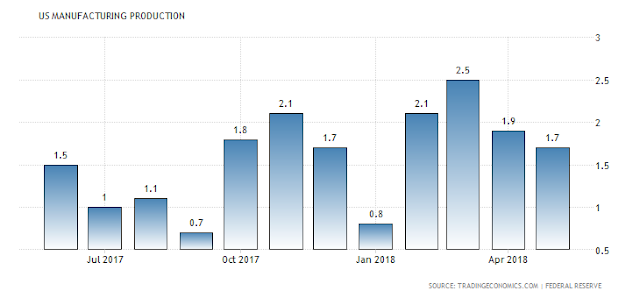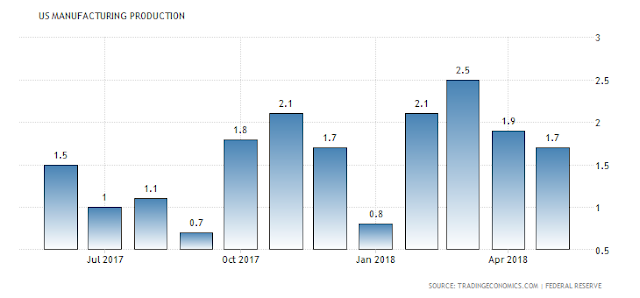The Trump Tariff plans have an Achilles' Heel. We know that there are basic weaknesses that can be found in all tariff plans. For example, the consumer in the US is very weak, tariffs have failed in history, etc. But the real weakness of the plans for our time is the global supply chain.
As auto companies turn on Trump, we are learning more about them. General Motors has said it may have to shrink the presence of its operations in America, and we can read into this, to avoid tariffs from Europe and the rest of the world.
Cars made in the USA are loaded with a certain percentage of foreign parts. It is this supply chain reality that makes it impossible for companies like Kia to put more factories in the US while tariffs are in place. The investment would be huge, and immediately roughly 30 percent of the car would be subject to tariffs. Cars.com America Made Index shows that the most American car, the Jeep Cherokee, percentage wise, still has 28 percent of parts from elsewhere. This will raise prices on all American pickup trucks as well, which already carry a protective 25 percent tariff which shoves prices upward!
Unfortunately for the American auto image, Toyota and Asian imports are the least expensive cars to maintain, so made in America also comes with a big repair tariff-like expense!
I suppose Donald Trump could test this Achilles Heel. It almost seems that he wants to because he wants to pull out of the World Trade Organization. He wants to institutionalize his policy.

United States Manufacturing Continues to Grow But at a Slower Rate. Watch This Indicator if Tariffs Ramp Up.
Moody's has warned that Trump tariffs may cause a credit downgrade of automakers:
“Tariffs on imported cars, parts would be broadly credit negative for industry.“ A 25% tariff on imported vehicles and parts would be negative for nearly every segment of the auto industry — carmakers, parts suppliers, car dealers, and transportation companies … Should any tariffs be levied, carmakers would need to absorb the cost to protect sales volumes while hurting profitability; increase prices to pass the tariff costs to customers, which could hurt sales; or a combination of both.”



